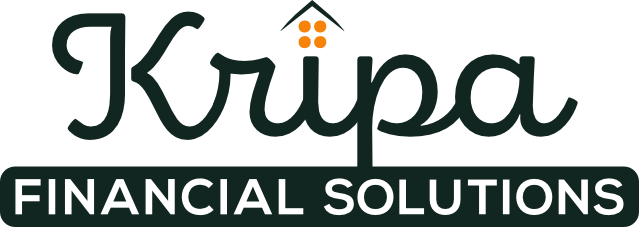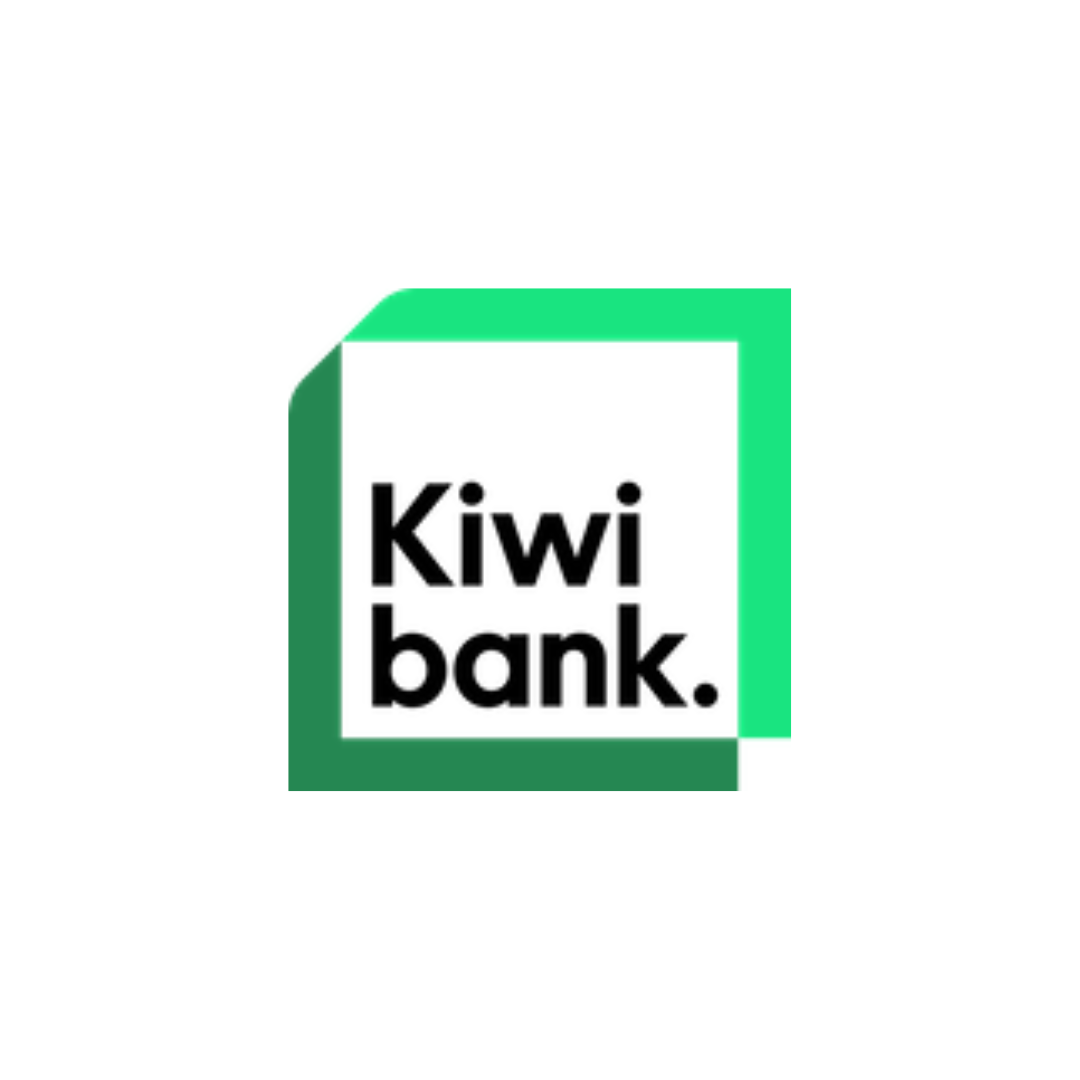Offset Mortgage Guide: Reducing Interest Costs and Comparing Top Offers
The Ultimate Offset Mortgage Guide
Discover how an offset mortgage can help you reduce your interest costs, explore the benefits and drawbacks, and review the best offers from BNZ, Kiwibank, and Westpac.
Unlocking Savings with an Offset Mortgage: How It Works and Top Offers
An offset mortgage is a savvy way to reduce your interest costs by linking your mortgage to your everyday cash savings account. Here's how it works: the total amount in your savings account is subtracted from your mortgage balance, lowering your monthly interest costs and repayments.
Imagine you have a $500,000 mortgage and $20,000 in savings. With an offset mortgage, you only pay interest on $480,000. While you won’t earn interest on your savings during this period, you benefit because mortgage interest rates are typically higher than savings deposit rates, making this a cost-effective strategy.
The key to maximizing your savings lies in the offset mortgage interest rate, which can be slightly higher than the best 2-year, 3-year, and 5-year fixed rates. However, the potential savings on interest payments can outweigh this difference.
Several banks offer attractive offset mortgage packages, each with unique features and fees. For example, BNZ's TotalMoney package allows you to link up to 50 accounts, including those of your parents and children. This means you and your family can continue accessing your funds while the interest on your mortgage is calculated daily. As your savings grow, your mortgage interest shrinks, making every dollar in your account work harder for you.
By choosing the right offset mortgage, you can effectively reduce your mortgage balance, save on interest, and pay off your home loan faster.
An offset mortgage isn't a one-size-fits-all solution. For many first-time home buyers, financial resources are often tight, and maintaining any additional savings can feel like a luxury.
How Offset Mortgages Work: A Smart Way to Save on Interest
Offset mortgages offer a clever way to reduce your interest payments without impacting the value of your savings. Here’s how they work: your savings are deposited with the bank and their value is ‘offset’ against your mortgage balance. For instance, with a $500,000 mortgage and $20,000 in savings, you’ll only pay interest on $480,000.
While you won’t earn interest on your savings during this time, the benefit is clear. With a 7% interest rate, you’d save $1,400 annually in interest payments ($20,000 x 7%), effectively making your mortgage cheaper.
However, it’s essential to consider that you won't be earning interest on your savings. If you were expecting a 4% annual return on that $20,000, you’d have earned $800, or about $550 after tax. So, the net saving with an offset mortgage in this scenario would be around $850 per year.
Keep in mind that the mortgage market is constantly evolving, so this example is illustrative. Also, be aware of potential fees. Some offset mortgages charge around $10 per month, which should be factored into your savings calculation. In contrast, standard home loans typically don't have monthly fees.
By understanding these nuances, you can determine if an offset mortgage is the right financial strategy for you.
Exploring the Upsides and Downsides of Offset Mortgages
Pros: Unlocking Financial Freedom
- Control Over Monthly Costs: With an offset mortgage, you have the power to influence your monthly mortgage expenses. By bolstering your savings, you can watch the interest portion of your payments decrease, potentially accelerating your path to debt freedom.
- Savings in the Long Run: While you sacrifice interest income on your savings, the overall savings from reduced interest payments can outweigh this loss. This means you could pay off your mortgage sooner and save more in the long run.
- Tax Benefits: Offset mortgages come with tax advantages. Instead of your savings earning taxable interest, they are put to work paying off your mortgage. This can result in significant tax savings compared to traditional savings accounts.
- Access to Savings: Unlike some locked-in savings options, with an offset mortgage, you retain full access to your savings. This offers flexibility in managing your personal finances, providing peace of mind in times of need.
- Family Participation: Certain offset mortgage options, like those offered by BNZ, allow you to link up to 50 savings accounts, enabling family members to contribute. While it may take some time to explain the concept, the potential for collective savings and financial growth is significant.
- Financial Safety Net: An offset mortgage provides a safety cushion. In the event of job loss or financial hardship, you can tap into your savings without the need for additional loans or credit, offering a sense of security during uncertain times.
Cons: Considerations Before Diving In
- Higher Interest Rates: Offset mortgages often come with interest rates higher than those offered on standard 2-year or 5-year home loan deals. While the potential savings from reduced interest payments can offset this difference, it's essential to evaluate the overall cost-effectiveness.
- Floating Interest Rates: Unlike fixed-rate mortgages, the interest rate on an offset mortgage is subject to fluctuations. If the Reserve Bank of New Zealand adjusts interest rates, your monthly mortgage costs could rise or fall accordingly, adding an element of uncertainty to your budgeting.
- Foregone Interest on Savings: While your savings are hard at work reducing your mortgage balance, you miss out on potential interest earnings. Though savings account interest rates are generally low, this loss can still add up over time.
- Savings Optimization Challenges: Determining the optimal savings balance to maximize offsetting benefits can be tricky. The ideal amount depends on prevailing mortgage and savings interest rates, making it essential to stay informed and adapt as market conditions change.
- Potential Monthly Fees: Some banks impose ongoing fees for maintaining an offset mortgage, which is deducted from your current account. It's crucial to factor these fees into your overall cost calculations.
- Bank Account Restrictions: To fully leverage the benefits of an offset mortgage, your savings accounts must be held with the same bank. While this consolidation simplifies the process, it may require you to move your funds around to optimize offsetting benefits.
Bottom Line: Weighing the Pros and Cons
In conclusion, the effectiveness of an offset mortgage largely hinges on the interest rate offered. The closer it aligns with standard fixed-rate deals, the more advantageous the arrangement. However, if you anticipate making mortgage overpayments, the flexibility and absence of early repayment fees associated with offset mortgages can make them an attractive option. It's essential to carefully assess your financial goals and circumstances to determine whether an offset mortgage is the right fit for you.
Unlocking the Best Offset Mortgage Deals Available Today
Limited Options, Maximum Benefits
While offset mortgages may not be widely offered, banks like Westpac, Kiwibank, and BNZ are leading the charge. When choosing your lender, here's what to look out for to ensure you're getting the best deal:
Comprehensive Offsetting
- 100% Savings Offset: Opt for a bank that offsets 100% of your savings against your mortgage balance. Every dollar counts towards reducing your mortgage costs.
- No Minimum or Maximum Balance Requirement: Whether you have a substantial nest egg or just a few dollars saved up, ensure there are no restrictions on the amount you can offset. Even a single dollar should make a difference.
Fee-Friendly Options
- Minimal or Zero Fees: Don't let high monthly fees eat into your savings. Look for lenders offering offset mortgages with negligible or no fees. It's all about maximizing your savings without unnecessary expenses.
Seamless Banking Integration
- Full Banking Integration: The best offset mortgage isn't just about reducing interest costs—it's about convenience too. Choose a lender that provides a bank account complete with a debit card and/or EFTPOS card. This integration allows you to offset every dollar in your everyday account effortlessly.
- Multiple Account Linkage: To truly maximize your savings potential, opt for a lender that allows you to link multiple accounts. Whether it's your own accounts or those of consenting family members, this feature ensures every dollar is working towards reducing your mortgage costs.
By prioritizing these features, you can make the most of the limited options available and secure the best-offset mortgage deal to suit your financial needs.








